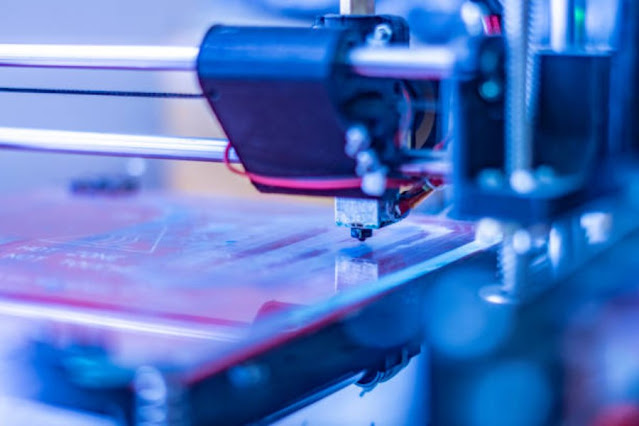- Get link
- X
- Other Apps

Pattern-making is a crucial process in the fashion industry
that involves creating templates or patterns from which garments are
constructed. Pattern-making software technology has revolutionized this process
by providing designers and pattern-makers powerful tools to create, modify, and
grade digital patterns. In this item, we will explore the concept of pattern-making
software technology's key components, benefits, and impact on the fashion
industry.
Understanding Pattern-Making Software Technology:
Definition:
Pattern-making software technology refers to specialized
computer software designed to create, manipulate, and grade digital patterns
for garments. These software tools provide designers, pattern makers, and
manufacturers with a digital platform to streamline the pattern development
process, enhance accuracy, and improve efficiency.
Critical Components of Pattern-Making Software Technology:
a) Pattern Design Tools: Pattern-making software offers a
range of enterprise tools that allow users to create digital patterns from
scratch or modify existing patterns. These tools include drawing tools, shape
manipulation features, and functions for adding seam allowances, notches, and
other pattern details.
b) Measurement Input and Scaling: Pattern-making software
allows users to input and manage measurement data, ensuring accurate scaling
and proportion of patterns. Users can create patterns for different body types,
sizes, and grading systems, making it easier to develop size variations.
c) Grading Features: Grading tools in pattern-making
software enable users to generate size variations based on a base pattern
automatically. Grading features can scale patterns up or down, maintaining
consistent proportions and ensuring accurate fit across different sizes.
d) Pattern Libraries and Templates: Pattern-making software
often includes libraries of pre-designed pattern blocks or templates for
different garment types. These templates are a starting point for creating new
patterns and can be customized and modified to meet specific design
requirements.
e) Virtual Prototyping and Fit Evaluation: Some pattern-making
software offers virtual prototyping capabilities, allowing users to visualize
the fit and drape of the pattern on virtual models. This helps identify
potential fit issues, make adjustments digitally, and evaluate the overall
aesthetics and functionality of the pattern.
Benefits of Pattern-Making Software Technology:
Enhanced Accuracy and Consistency:
Pattern-making software technology improves the accuracy and
consistency of pattern development. Digital patterns are created with precise
measurements and can be easily adjusted and modified. The software ensures patterns
maintain proportions and grading accuracy across different sizes, reducing
errors and fit issues.
Time and Cost Efficiency:
Pattern-making software significantly reduces the time and
cost of traditional manual pattern-making. Designers and pattern makers can
create, modify, and grade patterns more quickly and accurately using the
software's digital tools. Additionally, digital patterns can be stored, shared,
and reused, saving time and resources in the production process.
Customization and Flexibility:
Pattern-making software allows designers and pattern-makers
to customize patterns according to specific design requirements. Users can
easily modify pattern shapes, add or remove pattern details, and create
variations for different styles or sizes. This allows for greater design
customization and adaptability.
Improved Communication and Collaboration:
Pattern-making software facilitates better communication and
collaboration between designers, pattern makers, and manufacturers. Digital
pattern files can be easily shared, reviewed, and modified, ensuring accurate
and efficient communication of design intent and pattern specifications.
Conclusion:
Pattern-making software technology has transformed the
fashion industry by providing designers, pattern makers, and manufacturers with
efficient tools for creating, modifying, and grading digital patterns. Its
benefits include enhanced accuracy, time and cost efficiency, customization,
and improved communication and collaboration. Pattern-making software
technology's future holds exciting possibilities, including integration with 3D
body scanning, AI and ML capabilities, virtual fittings, cloud-based
collaboration, and sustainability features. As technology advances, pattern-making
software technology will continue to shape the fashion industry, enabling more
precise and efficient pattern development processes.
- Get link
- X
- Other Apps